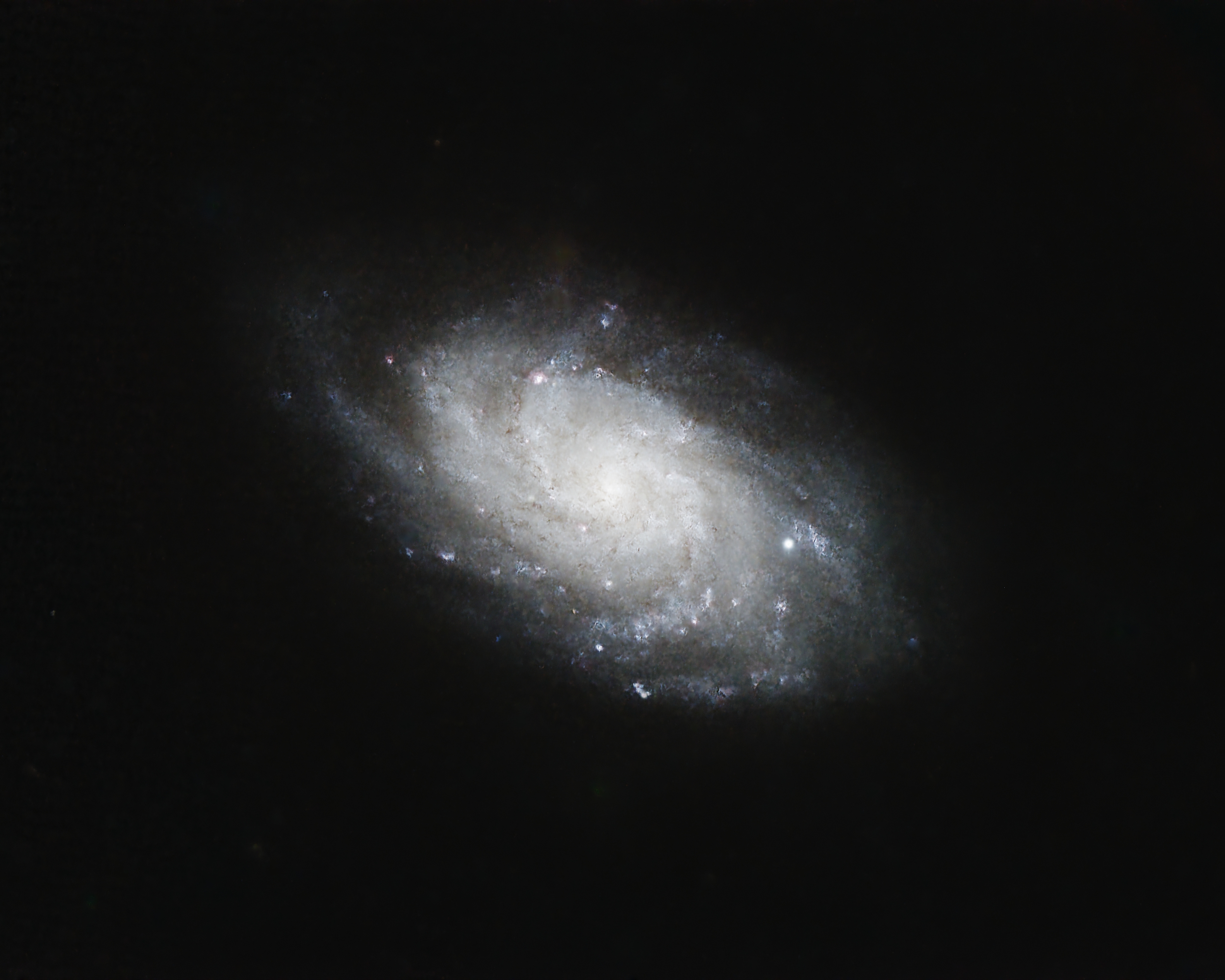Pickering's Triangle: A Cosmic Filament in the Veil Nebula
(and the first step towards remote observing...)
This image of Pickering’s Triangle was captured using the T26 telescope, a DeltaRho 500 f/3.03 Optical Tube Assembly, from the Utah Desert Remote Observatory in September 2024. The image was acquired through narrowband filters—Hydrogen Alpha (Ha), Oxygen III (OIII), and Sulfur II (SII)—which reveal the intricate details of this luminous celestial body. Post-processing and image integration were done at Dr. Gopal Krishna Kunwar Observatory.
Pickering’s Triangle is a part of the Veil Nebula, a remnant of a supernova explosion that occurred roughly 10,000 to 20,000 years ago. Located approximately 2,400 light-years away in the constellation Cygnus, the Triangle is one of several bright filamentary structures in the nebula. These glowing strands of gas are the remnants of the supernova shockwave as it collides with interstellar material, exciting atoms that emit light in specific wavelengths, particularly Ha, OIII, and SII.
This image brings out the sharp contrast between the oxygen-rich filaments, visible in blue-green hues, and the hydrogen and sulfur regions, which glow in reds and oranges. The detailed structure of Pickering's Triangle provides a glimpse into the dynamic and violent processes that shape our galaxy.



















